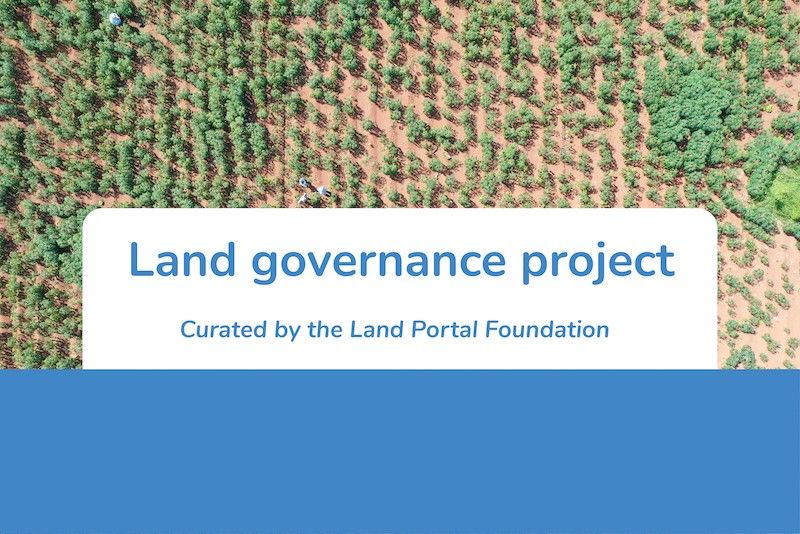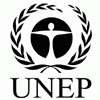Community / Land projects / Securing Long-Term Sustainability of Multi-functional Landscapes in Critical River Basins of the Philippines
Securing Long-Term Sustainability of Multi-functional Landscapes in Critical River Basins of the Philippines

€3072438.063
05/22 - 05/22
Completed
This project is part of
Implementing Organisations
Donors
Data Providers
Objectives
To create an enabling environment for the realization of the National Land Degradation Neutrality (LDN) target and to mainstream biodiversity-friendly agricultural (BDFA) practices in the Cagayan de Oro River Basin (CDORB) through national policy framework implementation and capacity strengthening.
Other
Note: Disbursement data provided is cumulative and covers disbursement made by the project Agency.
Target Groups
The combined effect of the project’s components will improve ecosystem services stemming from agricultural and agroforestry lands in CDORB, brought about by the application of integrated BDFA and SLM practices. The implementation of BDFA and SLM will also result in an increase in the agrobiodiversity found in the project’s targeted agricultural landscapes and beyond. Reducing land degradation within the agroecosystem will have positive ecological and socio-economic consequences, where the latter will have impact on the local farmer communities’ livelihoods, as well as financial implications. More than 10,000 ha of farmlands will benefit from direct project interventions. In addition, through project facilitated voluntary replication of similar type of BDFA and SLM practices, as well as changed management via for instance amendments to the CLUP of the CDORB’s five LGUs, the project will ensure sustainable management of at least 58,000 ha. The project’s area of influence could, however, be much larger depending upon the BDFA and SLM practices uptake in other areas of the Philippines. Such uptake could occur in areas of the five project LGUs which are situated outside the CDORB or within the five LDN priority river basins with which the project will also work. Facilitated by the BDFAP and LDN JAOs, the project’s knowledge management and results dissemination, as well as its collaboration with Government departments, including DA and DenR, will facilitate the upscaling of BDFA and SLM practices outside CDORB. The project’s alignment with government programs, for instance DenR’s NGP and DA’s NOAP, are examples of upscaling vehicles, as is the One DA Reform Agenda. The project’s work on relevant regulations, guidelines, and plans will provide for a more holistic and integrated approach towards mitigating land degradation. The project’s enhancement of the agriculture and agroforestry aspects of the local CLUPs and its support to LGU and barangay programs and plans (e.g. city development plans, river basin strategic management plans, watershed management plans, IP ADSDPP) will facilitate the adoption of SLM and BDFA in the agricultural landscapes within CDORB. This will result in a reduction or halt of land degradation, ensure better soil and water conservation and management, increase habitats mosaic within the agroecosystem benefitting biodiversity and improved livelihood for people depending upon the services and products of the land and the value chain products and services these provide. The direct project beneficiaries, including national, provincial and local government agency staff, as well as staff from academia and NGOs, will, due to the project, improve their knowledge and skills on using analytical tools, prepare environment sensitive trade-off analysis, as well as use this knowledge to assess and revise plans and programs to ensure that they are ecosystem services orientated. At least 1,900 staff (50% female) will be capacitated under the project. More than 10,000 local community members including farmers, farmers cooperatives, agribusinesses and indigenous people etc. will be capacitated in the use of BDFA and SLM management technologies that reduce land degradation and improve local agrobiodiversity and traditional varieties[1]. This will, among others, result in at least 2,500 households (11,250 persons) having a 10% increase in household’s income stemming from improved cropland management using BDFA and SLM practices. Of these, 50% of the beneficiaries will be women. As part of this, at least 1,000 households from IP communities will be actively engaged in growing selected local varieties and traditional crops and 750 IP households will be supported to adopt or re-adopt/adapt improved farming practices mimicking traditional farming systems and their ecological functions. Incremental funding from existing government and local development programs as well as linkages with microfinancing schemes will support BDFA and SLM implementation within the agroecosystem and improve and diversify livelihoods and incomes of stakeholder communities and ensure sustainability of investments beyond the life of the project. The project’s recognition of Indigenous Knowledge Systems and Practices (IKSPs) and traditional agrobiodiversity products compatible with SLM and BDFA principles will not only preserve knowledge but will also improve understanding and sensitivity towards IP culture and heritage. Aspects of this may be included in the complimentary development project and programs undertaken by government, NGOs or as part of companies’ CSR. In addition, through the project’s engagement with the IP tribal leaderships, the capacities within the IP councils will be strengthened leading to increased cooperation with various IP groups and improved partnership outlook with non-IPs organizations and institutions. The training materials, training videos and MOOC will be made available for all interested parties through the publicized project Knowledge Hub. Indirect beneficiaries will include the wider farming communities in CDORB but will also extend into the five priority river basins with which the project is working as well as into the Philippines at large - through Government interventions and promotion of the project. While at least 150,000 persons are expected to be reached through the project’s learning events and technical work, it is difficult to predict how many would benefit from the project’s interventions long-term but the numbers is perceived to be substantial. [1] Stakeholders involved in the project’s training are further described in the result and partnership section below, and more detailed information is provided in the Project Document Annex 9 (Description of Project Activities)




